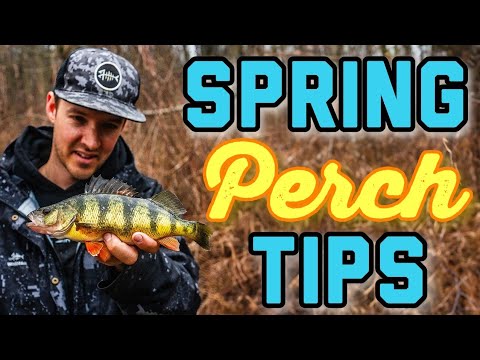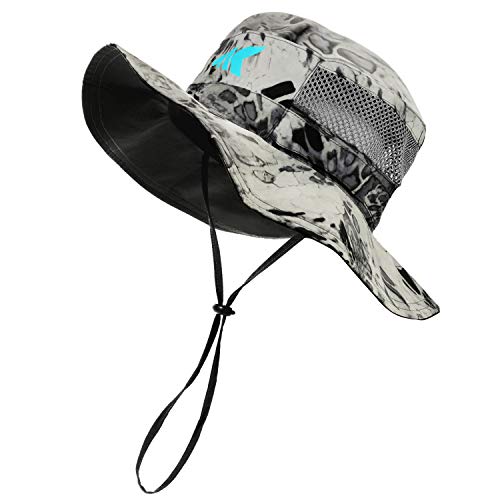Yellow Perch Fishing Guide: Techniques, Tips, and Insights
Yellow perch (Perca flavescens) are one of the most sought-after freshwater fish in North America. Known for their distinctive yellow bodies with vertical dark stripes, they are a favorite among anglers due to their abundance, tasty fillets, and year-round availability. This guide will provide an in-depth look into everything you need to know about yellow perch fishing, from identifying the species to the best techniques and equipment for a successful catch.
Identifying Yellow Perch
Yellow perch are easily recognizable by their yellow to golden body color, with six to eight vertical dark stripes running from the back to the belly. They typically have a slightly forked tail and a long dorsal fin with sharp spines. The average size of a yellow perch ranges from 4 to 10 inches, though larger specimens can reach up to 15 inches and weigh over a pound.
Habitat and Distribution
Yellow perch are native to North America, primarily found in the northern United States and Canada. They thrive in freshwater environments such as lakes, ponds, rivers, and streams. Yellow perch prefer clear, cool waters with abundant vegetation, which provides shelter and food sources. They are commonly found in waters ranging from shallow shorelines to deeper areas up to 30 feet.
Seasonal Behavior and Migration Patterns
Understanding the seasonal behavior of yellow perch is crucial for successful fishing. During spring, they migrate to shallow waters to spawn, typically in water temperatures between 45°F and 52°F. Summer sees them moving to deeper, cooler waters, often near structures like weed beds and submerged logs. In fall, they return to shallower areas to feed before winter, where they become more sluggish and can be found in deeper waters again.
Best Time to Fish for Yellow Perch
Spring
Spring is a prime time for yellow perch fishing as they gather in large numbers for spawning. Target shallow waters with sandy or gravel bottoms near vegetation.
Summer
During summer, focus on deeper waters and shaded areas. Early morning and late evening are the most productive times due to lower water temperatures.
Fall
Fall offers excellent fishing opportunities as perch aggressively feed to prepare for winter. Look for them in shallow to mid-depth waters near structures.
Winter
Ice fishing for yellow perch can be highly rewarding. Use small jigs and live bait, and target depths of 15 to 30 feet.
Effective Fishing Techniques for Yellow Perch
Jigging
Jigging is one of the most effective techniques for yellow perch. Use small jigs tipped with live bait or soft plastics. Vertical jigging works well in deeper waters, while casting and retrieving jigs are effective in shallower areas.
Live Bait Fishing
Live bait such as minnows, worms, and larvae are highly effective for yellow perch. Use a simple rig with a hook, sinker, and float, and adjust the depth according to the water conditions and fish behavior.
Trolling
Trolling with small crankbaits or spinners can cover a large area and locate schools of perch. Use a slow trolling speed and vary the depth to find where the perch are feeding.
Ice Fishing
During winter, use small ice jigs tipped with live bait. Fish near the bottom and use a slow jigging motion to attract perch.
Recommended Gear and Equipment
Rod and Reel
A light to medium-light spinning rod and reel combo is ideal for yellow perch fishing. Choose a rod with a sensitive tip to detect subtle bites.
Line
Use 4 to 6-pound test monofilament or fluorocarbon line for its sensitivity and low visibility. In clear waters, a lighter line can increase your chances of success.
Hooks and Jigs
Small hooks in sizes 6 to 10 are suitable for perch fishing. For jigs, use 1/32 to 1/8 ounce sizes, depending on the water depth and current conditions.
Bait
Live bait such as minnows, worms, and maggots are highly effective. Soft plastic baits in natural colors can also work well, especially in clear waters.
Conservation and Ethical Fishing Practices
When fishing for yellow perch, it’s important to practice ethical and sustainable methods. Follow local regulations regarding size and bag limits to ensure the preservation of the species. Practice catch and release for larger fish to help maintain healthy populations.
Conclusion
Yellow perch fishing offers a rewarding experience for anglers of all skill levels. By understanding their behavior, habitat, and effective fishing techniques, you can increase your chances of a successful catch. Remember to follow ethical fishing practices to help preserve this valuable species for future generations. Happy fishing!
FAQs
What is the best bait for yellow perch?
Live bait such as minnows, worms, and maggots are highly effective for yellow perch. Soft plastics can also work well, especially in clear waters.
What time of year is best for yellow perch fishing?
Spring and fall are typically the best times for yellow perch fishing, as they are more active and can be found in shallower waters. However, they can be caught year-round with the right techniques.
How deep should I fish for yellow perch?
During spring and fall, fish in shallow to mid-depth waters (3 to 15 feet). In summer and winter, target deeper waters (15 to 30 feet).
What is the best technique for catching yellow perch?
Jigging is one of the most effective techniques, especially when paired with live bait. Adjust your technique based on the season and water conditions.

































